HTC Sensation 4G Review - A Sensational Smartphone
by Brian Klug on July 1, 2011 12:38 AM EST- Posted in
- Smartphones
- HTC
- Android
- Mobile
- HTC Sensation
- MSM8260
HTC Sense 3.0
Before we get ahead of ourselves, let’s talk about the other side of HTC’s strategy. I mentioned at the beginning that one half of that is unique industrial design and hardware, the second angle is software differentiation. The Sensation is running Android 2.3.3, but for the most part the angular, contrasty, dark visage of Gingerbread is hidden under a UI skin. That brings us to the oft-maligned HTC Sense, which the Sensation includes the very latest version of, Sense 3.0.
HTC feels very strongly about Sense, and again if you go back in time you can almost understand why. Sense’s earliest relatives helped keep Windows Mobile as a platform afloat, and likewise kept HTC in the business of selling Windows Mobile phones until Android became the obvious next step. Along those lines, handset makers are scared to death of Android commoditization, and like it or hate it, UI skins are one superficial way of preventing that. On a higher level, HTC strongly believes that Sense makes the Android experience easier and more user friendly for ordinary smartphone shoppers.
I used to be staunchly against UI skinning (and for the most part I still am) but Sense 3.0 finally adds some things that I think go beyond just being eye candy that woos in ordinary smartphone shoppers. Those features are namely things like Sense 3.0 lock screen informatics and shortcuts, and htcsense.com features. I've put together a video with all the important changes which you can watch, or just read everything below.
For the most part, HTC Sense 3.0 is very similar to its predecessor. There are a number of minor changes, such as a face-lift for the clock widget which includes a ton more detail inside the Sense weather app. First is an animated overview with current conditions. Tapping on the upper right icon exposes more detail with information details including hourly and 5-day views. The hourly view is especially cool, as it shows a graph of predicted temperature.
The homescreen and launcher views also get some changes. Homescreens now circularly swirl in after an unlock, and this animation is impressively smooth. Swiping from the left to the right to view different homescreens now results in a 3D cube like animation. It’s like HTC’s own rendition of compiz’s cube desktop switcher.
Swiping fast also results in the whole affair spinning very fast, which seems to be the first thing everyone does when they pick up an HTC Sense 3.0 equipped phone. Framerate is impressively smooth here.
You can now also rearrange homescreen order in the zoomed out view by long-pressing on individual windows. The selected homescreen then snaps around easily.
The application launcher also gets some interesting tweaks. First off is probably the most polarizing - scrolling is now done by pages (each comprised of a 4 x 5 grid of icons), instead of in a fluid smooth manner. Swiping up and down slides you through these pages, which get snapped to. I initially hated this, now I’ve gotten used to mentally going to a specific page and then locating an application. There’s no way to disable this, which is the thing I think will enrage some people.
The other major change are the three icons at the bottom, which act like tabs. The first is just the default application view, which can be sorted by alphabet or date. The next sorts applications by launch frequency, and the final one is simply a list of downloaded applications.
I’m intrigued by the frequent view, which after training makes a lot of sense for speeding up getting into the applications that matter most. To be honest, I feel like that’s a lot of what HTC was targeting with Sense 3.0 - to reduce friction in places and implement things that have been popping up in lots of custom ROMs.
Next up is the notifications shade, which gets a side-swipeable list of recent applications. Down below that is the normal notifications area.
At the bottom however is a new tab - Quick Settings. Ice Cream Sandwich will indubitably bring this into mainline smartphone Android, as it essentially already exists in Honeycomb. Regardless, tap on this and you get a way to quickly toggle a things like WiFi, GPS, and Bluetooth. I’d like to see airplane mode, a brightness slider, and screen rotation in here, but alas nothing is perfect.
Tapping on task manager brings you into a Sense-themed task killer with total memory and individual applications. It’s probably one of the cleaner and most actionable task killers I’ve seen in a while.
HTC also changed up its IME keyboard, which now includes something very similar to swype by default. Did I say similar? I meant exactly the same, but HTC calls it the “trace” keyboard.
You don’t need to change modes either, and the keyboard still works as well as it did for normal tap typing.
Messaging also gets a facelift with a new theme that gives messages a bit of a 3D pop. It’s nice to see people going beyond emulating the iPhone 4’s glossy bubble threaded messaging style with something else. I like what HTC has done here, and the font size doesn’t make it impossibly challenging to read a long discussion.

I’ve saved my two favorite features for last, ones that I’ve already slightly touched on. The first is informational lock screens. Head into personalize, tap on lock screen, and you can select from six different lock screens: a wallpaper, photo album, friend stream, current weather, stocks, and another clock. I opted for weather most of the time. Tap settings, and you can change the lock screen shortcuts to any app you desire.
Back on the lock screen, dragging these to the ring results in the phone unlocking and launching the selected application. This makes a ton of sense, and makes it easy to get into most frequent apps like messages and camera. It’s a feature I think HTC has executed very well.
The next one is htcsense.com, which is part backup, part remote device management. Similar to Find My iPhone, you can remotely lock, erase, and ring the phone.
I tried all three and found that they do indeed work, and impressively enough remote wipe does include a full format of the SD card. It does require decent connectivity for things to happen quickly - if signal is marginal, it can take a while for anything here to push through.
There’s also a map with the device’s location on top of google maps, and some toggles for forwarding messages and calls. I suppose that makes sense if you’ve lost the phone or just want the convenience.
I fear that htcsense.com won’t see super high attach rates because it isn’t part of the initial setup wizard in the way it should be. On other devices like the Inspire 4G (htcsense.com isn’t really a 3.0 feature, but bears going over) initial setup prompts you to create an account and explains what all having one affords you. On the Sensation with T-Mobile’s build, you have to go into the HTC Hub, get prompted, then setup and log into your account. I wasn’t ever asked unless I went and found it directly.
I think skins like Sense have a place as long as it can offer features beyond just being eye candy. Sense 3.0 adds some features that do enhance usability out of the box, although to be honest you can get the same thing with a custom ROM or by assembling it yourself. That brings me to my final thoughts about Sense. For the majority of people, Sense does make a lot of, well, sense. For power users that want it removed, there should be an option, or at the very least an unlockable bootloader so custom ROMs can be flashed on. HTC has promised to make the second a reality, though the Sensation as it is right now doesn’t fastboot oem unlock, trust me, I tried. This will hopefully come in a later update.


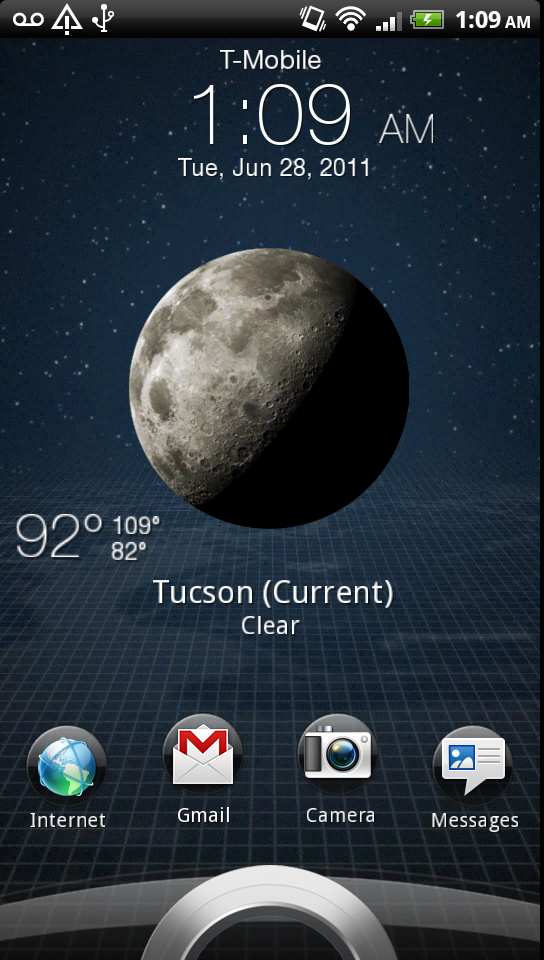
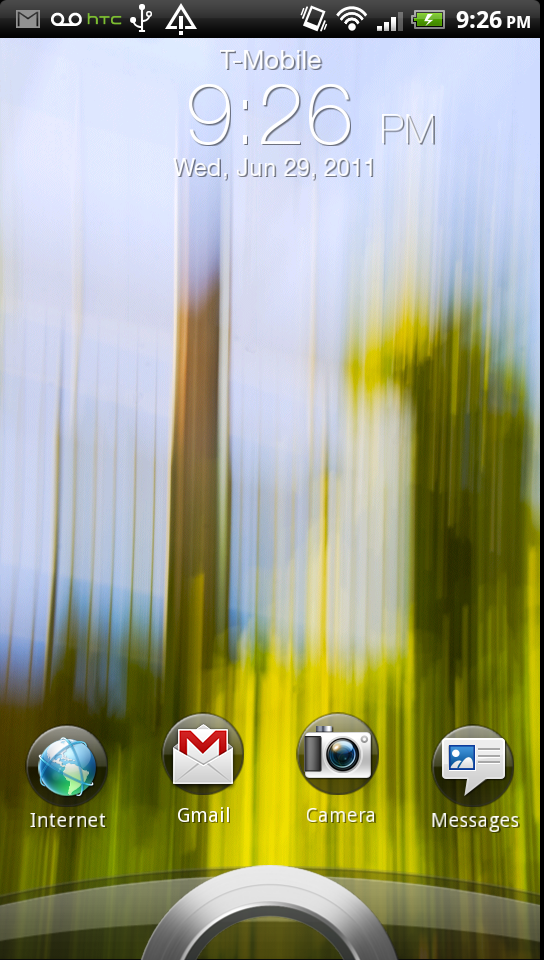

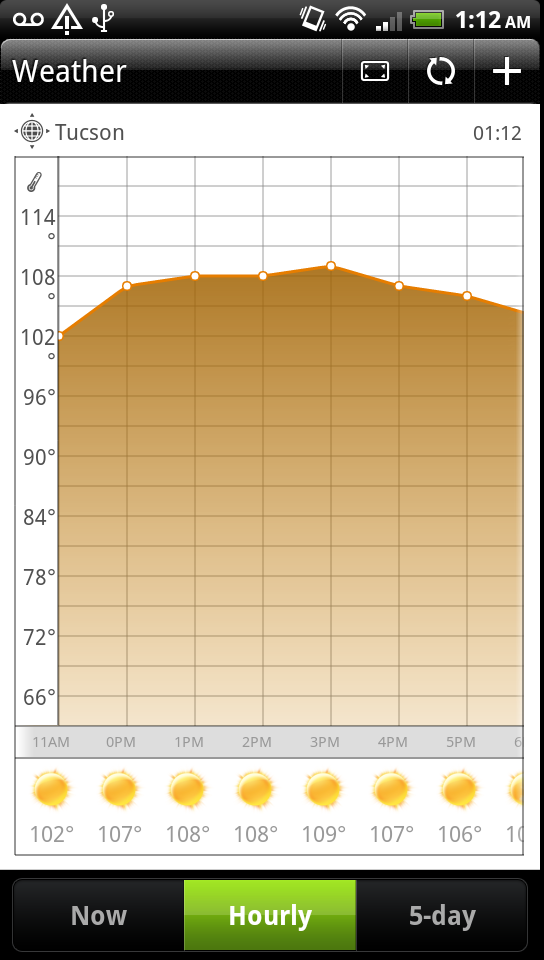
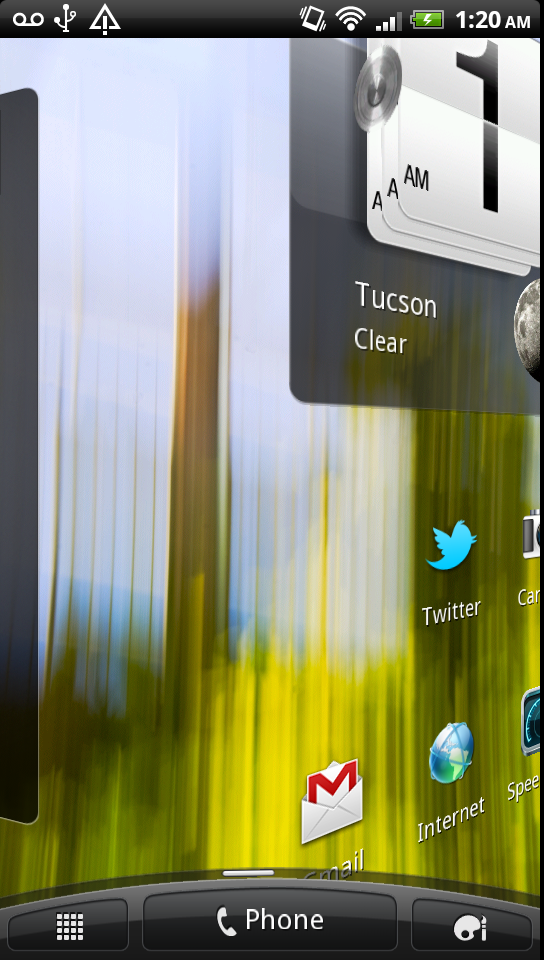
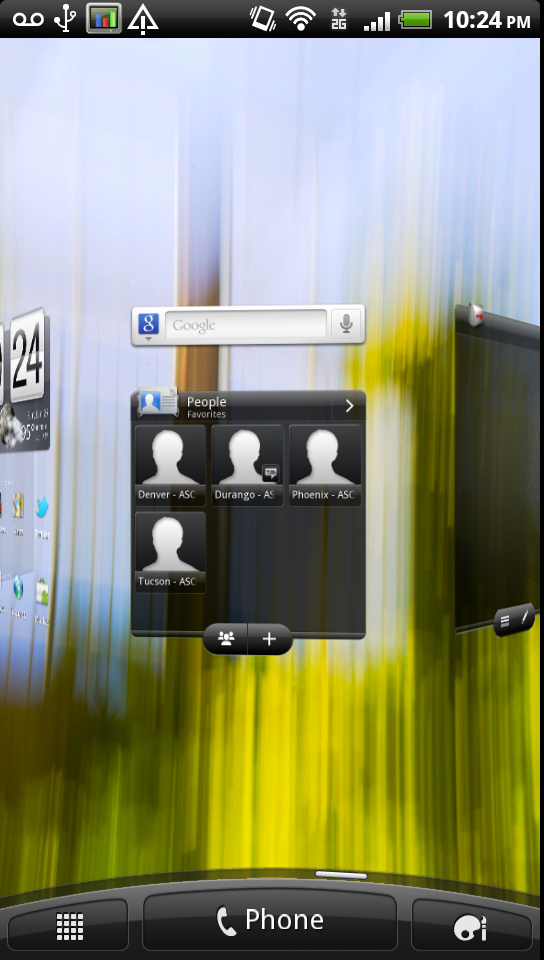


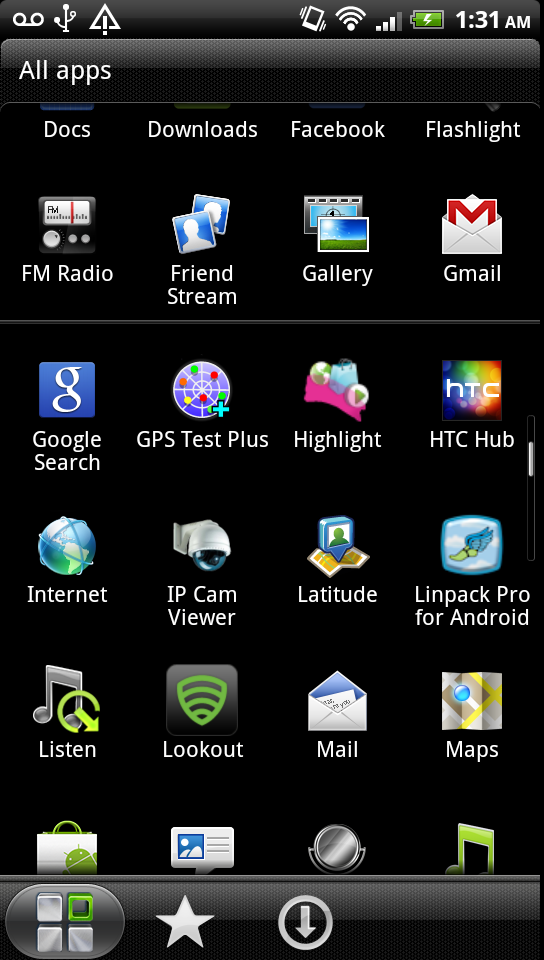


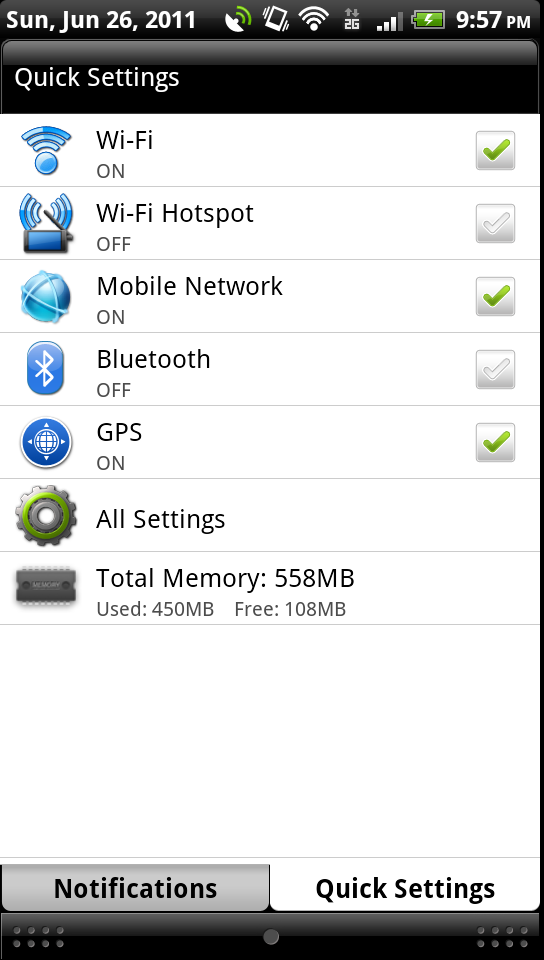
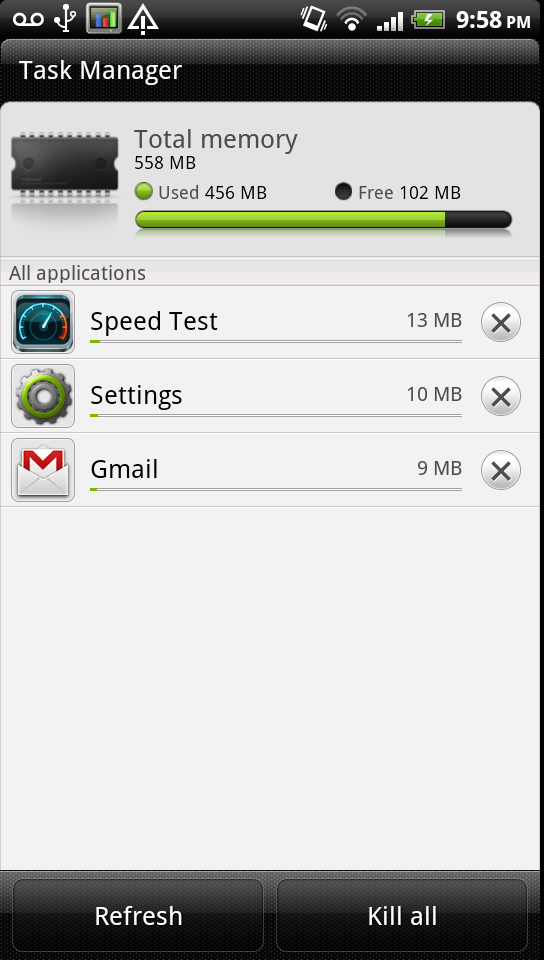
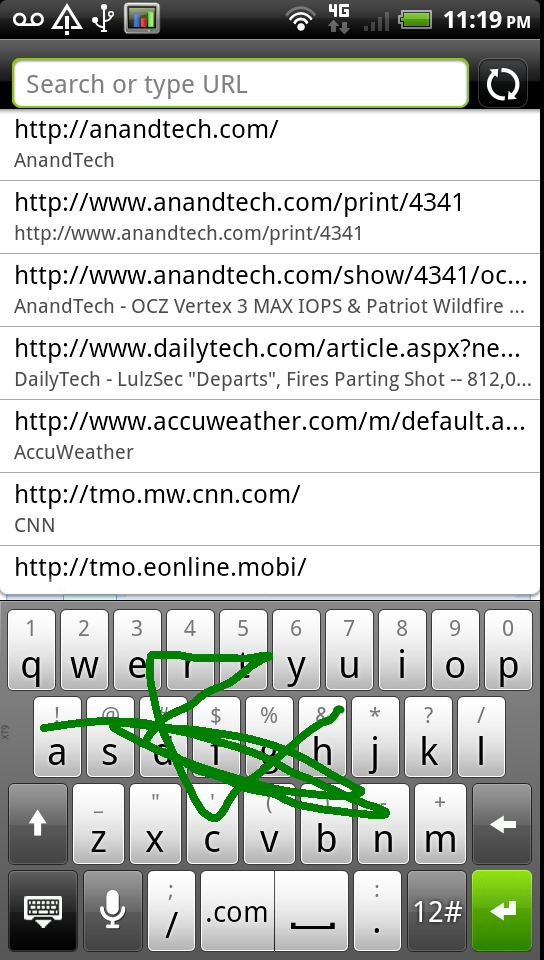
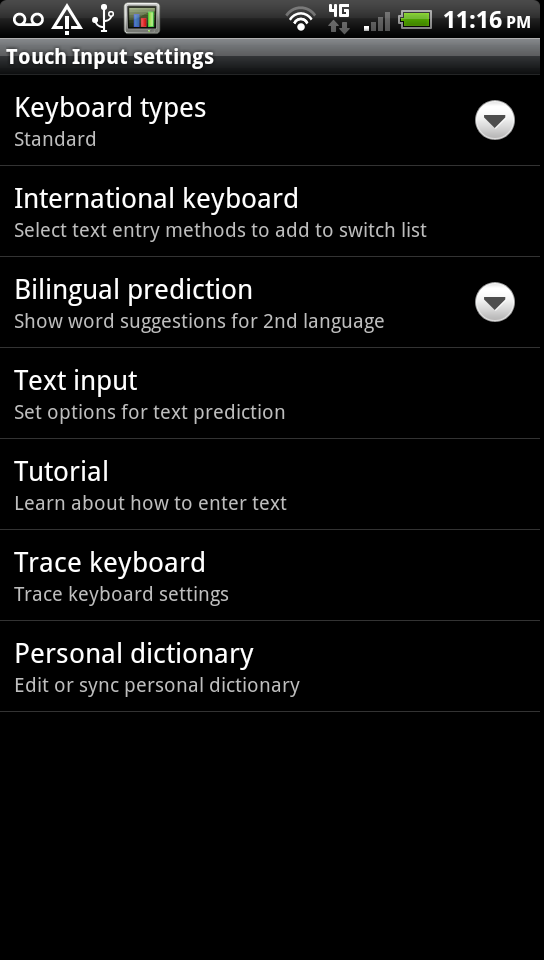

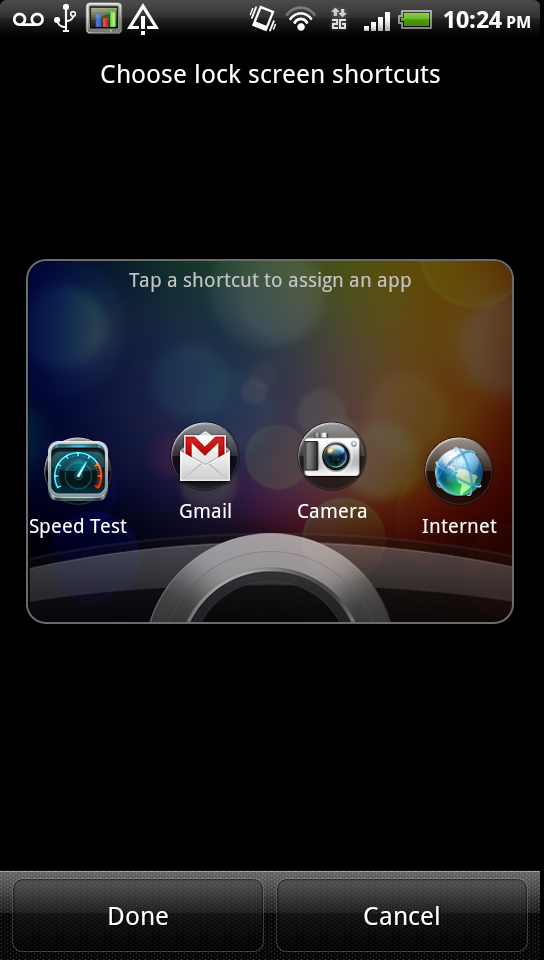
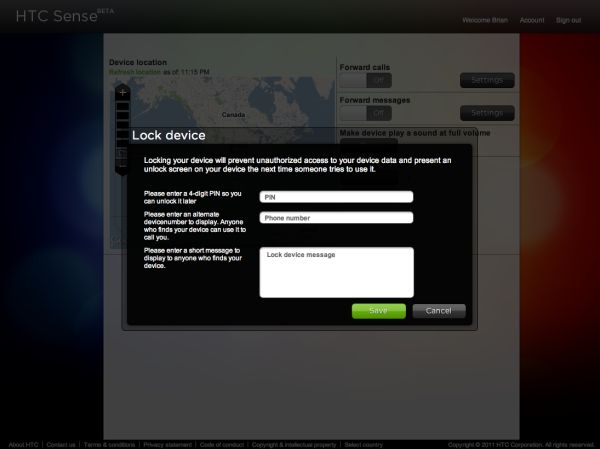
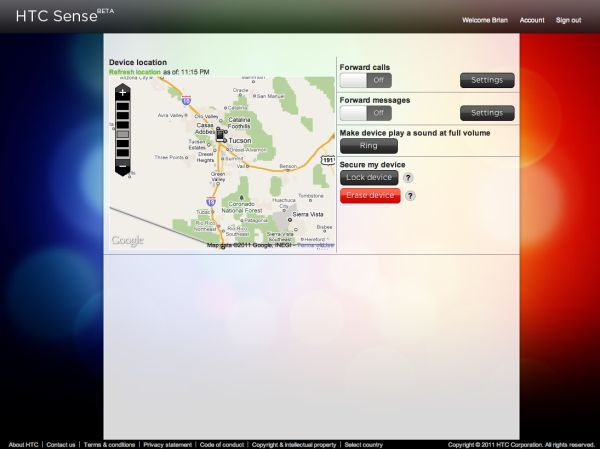
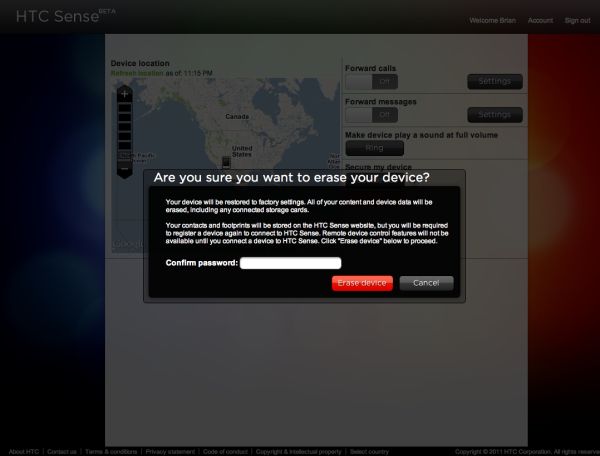








107 Comments
View All Comments
iwod - Friday, July 1, 2011 - link
It looks like in Browser Benchmark, iPhone 4 with iOS 5.0 will properly rise to the top. And it is great to see after a year of its introduction, iPhone 4 is still playing very well with it competitors.About Screen Size, Brian would you and Anand makes notes which size of screen you prefer.
For iPhone 3.5", I think a lot of us want a bigger screen. But what size? 4", 4.3" or even larger?
Brian Klug - Friday, July 1, 2011 - link
I think 4.3" is really the upper limit for smartphone displays. I've got the Infuse 4G here beside me, which is 4.5", and that already is almost challenging to hold sometimes, and occasionally awkward to type on. Factor in the fact that it has just a WVGA display, and those pixels are positively gigantic.Personally, I prefer 4 or 4.3". Anything above that is starting to just get excessive. I can only imagine what that rumored 4.7" HTC WP7 device is going to look like.
-Brian
Chaser - Friday, July 1, 2011 - link
After an iPhone 3G, Droid, Evo, Galaxy S and G2x this phone finally gets it right in so many ways, It never ceases to impress me.Sense 3.0 with Gingerbread makes it perfect!
dtomilson - Friday, July 1, 2011 - link
Being a tech blog I have always found Anandtech to publish articles on the same phone is the same phone is the same phone (Android). Any updates coming on the beta of Mango that has been released? How smooth it is and how much better it performs given the lower specced hardware the current-gen devices use..karnovaran - Friday, July 1, 2011 - link
Brian, there has been much debate on XDA about screen quality differences resulting from the Sensation panels being manufactured by two different companies: Sharp and AUO (Acer). I'd love to know which panel you were reviewing.Can you tell us which panel you have? The way to check is by downloading terminal emulator from the market and running the following command: dmesg That will spit out a bunch of information, just hit menu and email it to yourself then search for "panel". Thanks.
Brian Klug - Friday, July 1, 2011 - link
I always run dmesg on devices just so I can see a bunch of different things/hardware ;)Just grepped out panel and found the type:
<6>[ 1.603759] mipi_novatek_panel_type_detect: panel_type=PANEL_ID_PYD_SHARP
-Brian
quiksilvr - Friday, July 1, 2011 - link
Ahh T-Mobile. It's almost tragic. They have awesome phones but...what's the point? Once the merger happens you have to change the phones and there isn't a full guarantee that our prices will remain the same for monthly bills.Conficio - Friday, July 1, 2011 - link
So apparently the T-Mobile phone does not yet have the boot lock removed and knowbody knows if that will be some software update.Hence question what are then the "unlocked" HTC sensation phones that float around in on EBay etc.?
I ask, because I'm about to get an HTC Sensation (buying it outright) but I want to be able to operate the phone with other carriers SIMs (internationally). So is the T-Mobile phone locked to their network?
Conficio - Friday, July 1, 2011 - link
How much of the htcsense.com features work over Wifi. Does remote Wipe or location tracking work?In other words, does the location get determined by the phone and sent back to htcsense.org or is it determined by the carrier?
Brian Klug - Friday, July 1, 2011 - link
I don't know about location, but I'm assuming that if it uses the Android location framework, it will work. Remote wipe and lock does indeed work over just WiFi, in addition to just cellular.-Brian